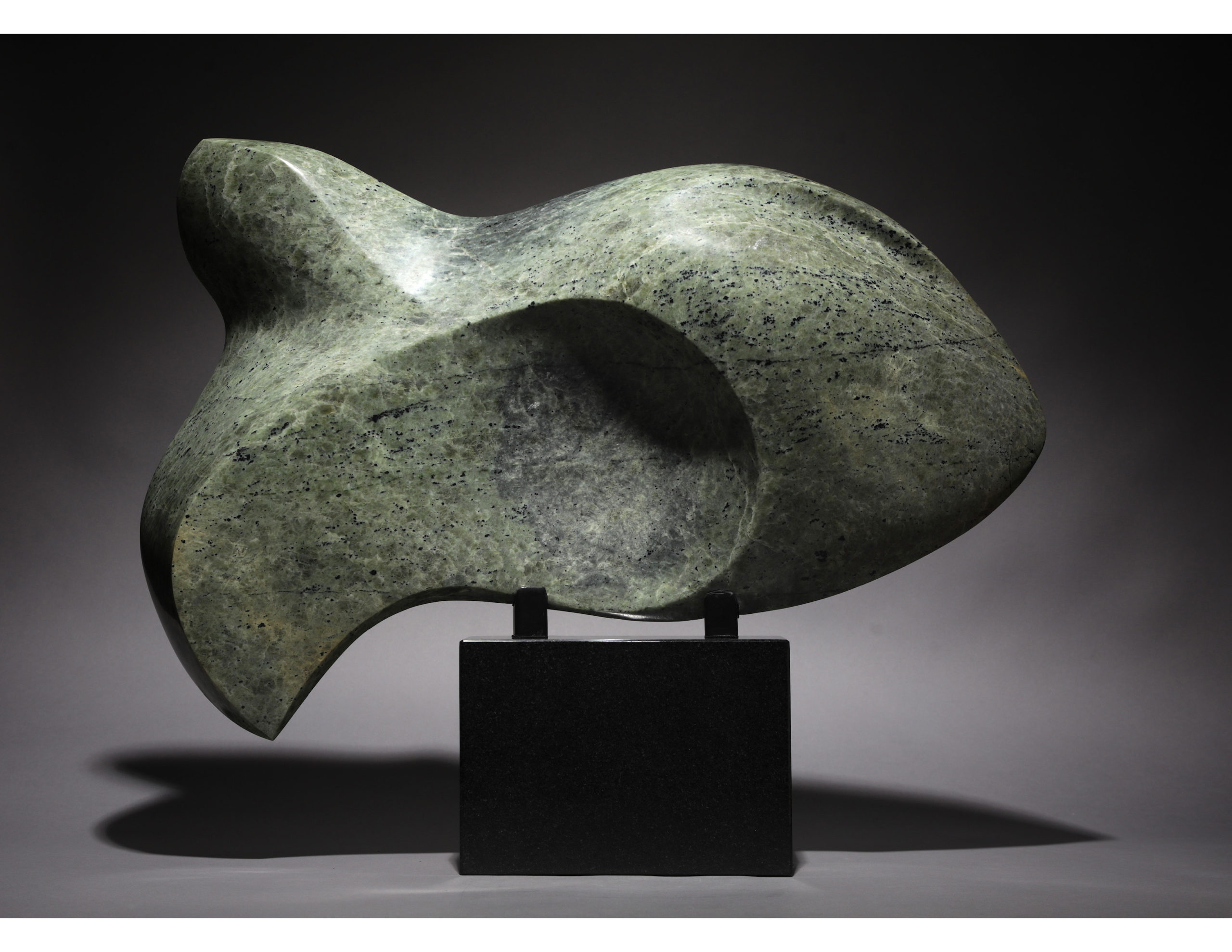
What is your life history as it relates to being an artist? 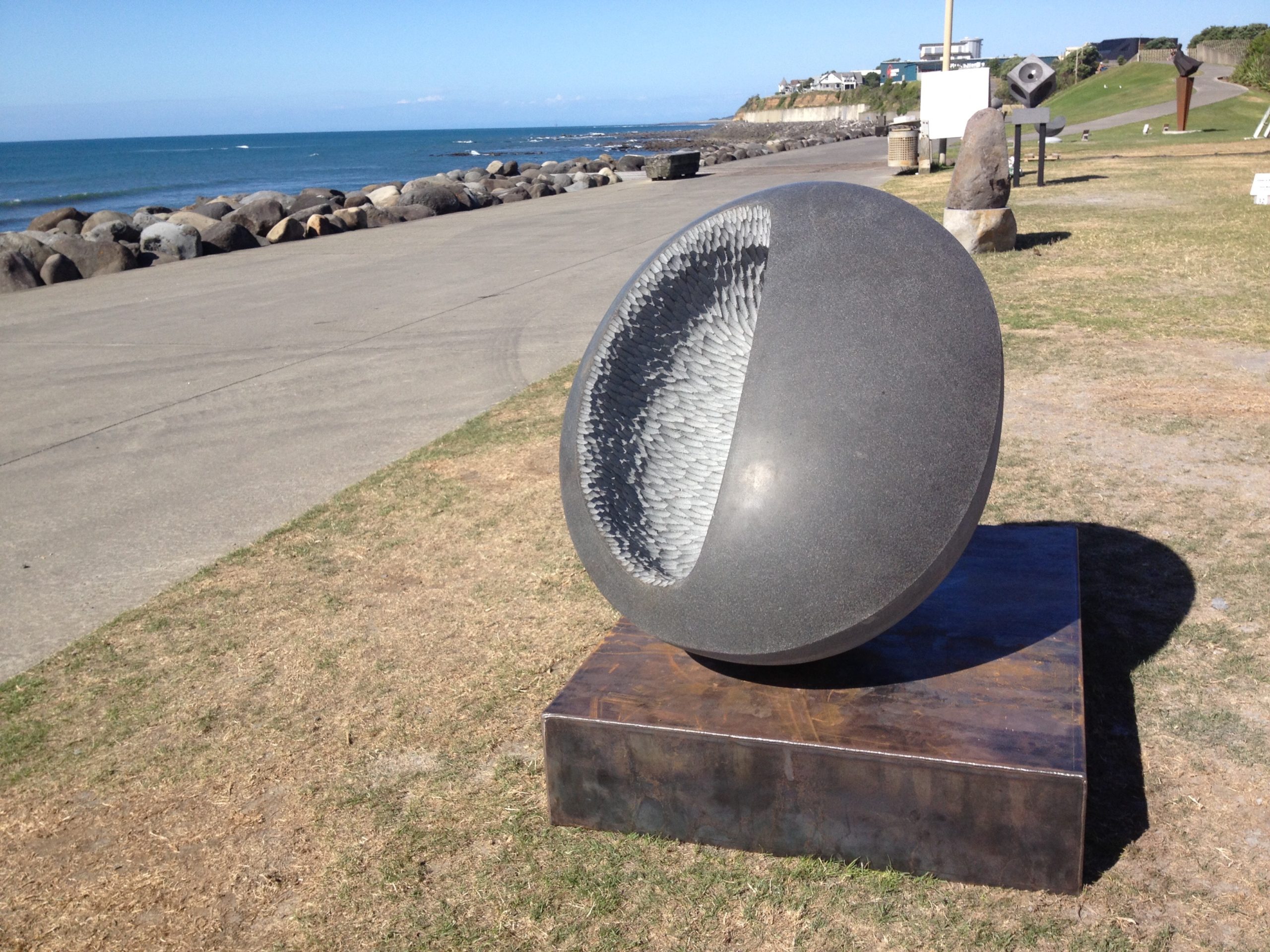 ‘anoia’ – carved at the Te Kupenga stone sculpture symposium in New Plymouth, New Zealand, January 2016.
‘anoia’ – carved at the Te Kupenga stone sculpture symposium in New Plymouth, New Zealand, January 2016.
I feel fortunate to have grown up in an artistic and architectural family, though I didn’t really show much in the way of artistic aptitude until the end of high school (or grade 12), when I ‘Tasmanian devilled’ my way into my mum‘s jewellery studio. It was in a tiny room in our house and was a nook filled with interesting rustic tools and all manner of things like blowtorches and weird shaped hammers. I loved it, in all its chaos. After school, I studied Jewellery and Object design in Sydney and became obsessed with abstract objects. I also broadened my fascination with tools. Really I’m still a kid at heart, playing with his toys.  ‘aeon’– 2013, basalt, 16 x 30.5 x 25.5cm
‘aeon’– 2013, basalt, 16 x 30.5 x 25.5cm
My first Camp B symposium in 2006 was a pivotal point in my journey as a sculptor. Anyone who has attended one of these symposiums knows just how powerful they can be, not to mention educational, inspiring and connective. Without NWSSA’s influence I wouldn’t be making what I am now, I know that for sure. So I have a lot of gratitude and warm fuzzies for the association. I learned more technical skills in my first symposium (2006) than I had in three years of teaching myself. More than anything though, I value the wonderful connections I’ve made with members and I can’t wait to attend again. It’s difficult when I live on the other side of the planet, but it will always be somewhere I’ll feel drawn back to. 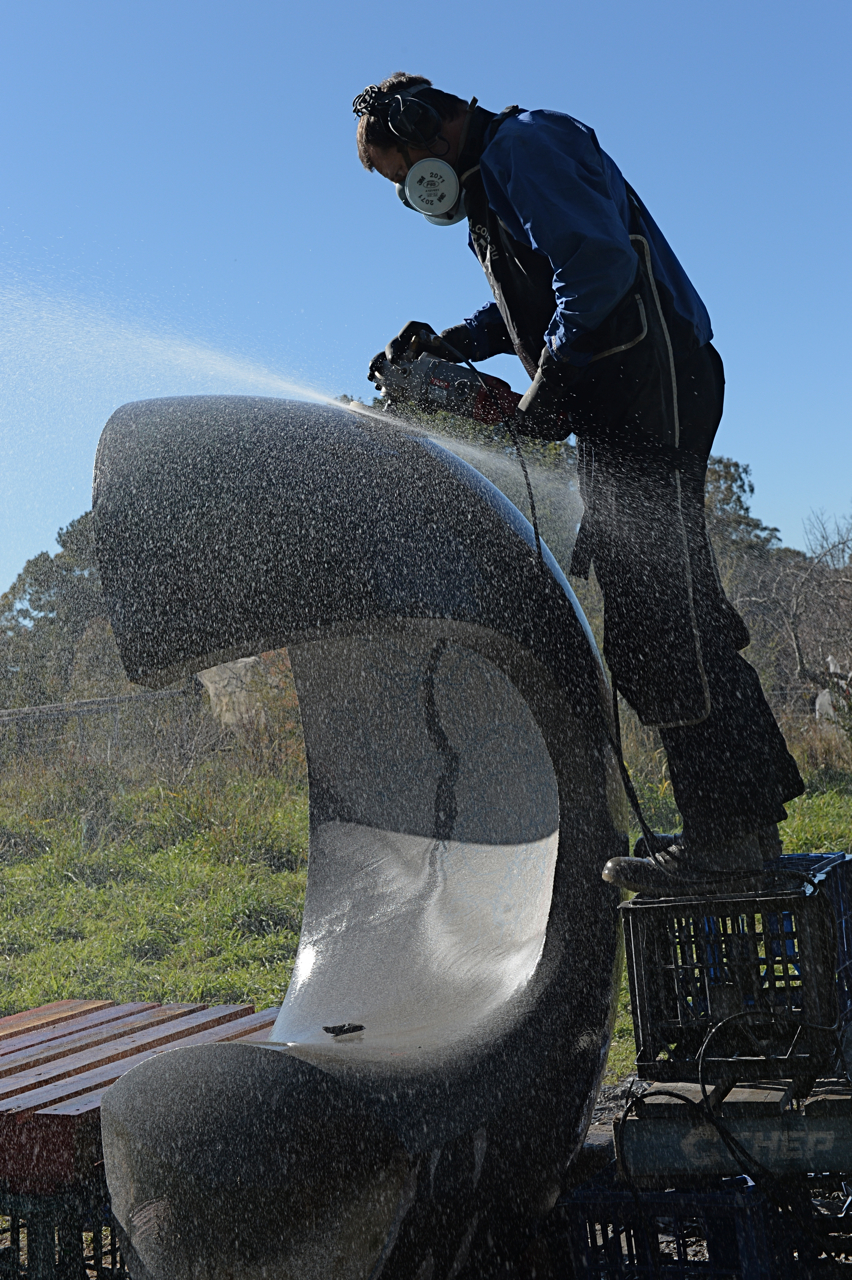 ‘duo’ process photo 2015
‘duo’ process photo 2015
Describe your art in your own terms – focusing on your stone carving.
I make abstract forms and look to find a balance between simplicity and interest. A sphere is a beautiful thing, but to me it’s not really all that interesting – yet there are parts of that simplicity that I honour and look to tap into. Simplicity is also really hard to achieve, and it takes dedication to remove all the lumps and bumps, especially in hard stone, which I prefer, although sometimes I wish I didn’t. I’ve been through periods of unhealthy perfectionism, where I’ve been left stagnant by the fear of “not being able to make it good enough”. But thankfully I’ve made amends with this and now am happy to just do the best I can, which opens up room for play. I don’t really feel like an “artist”, although I guess I am.
Have you been influenced by any particular artists?
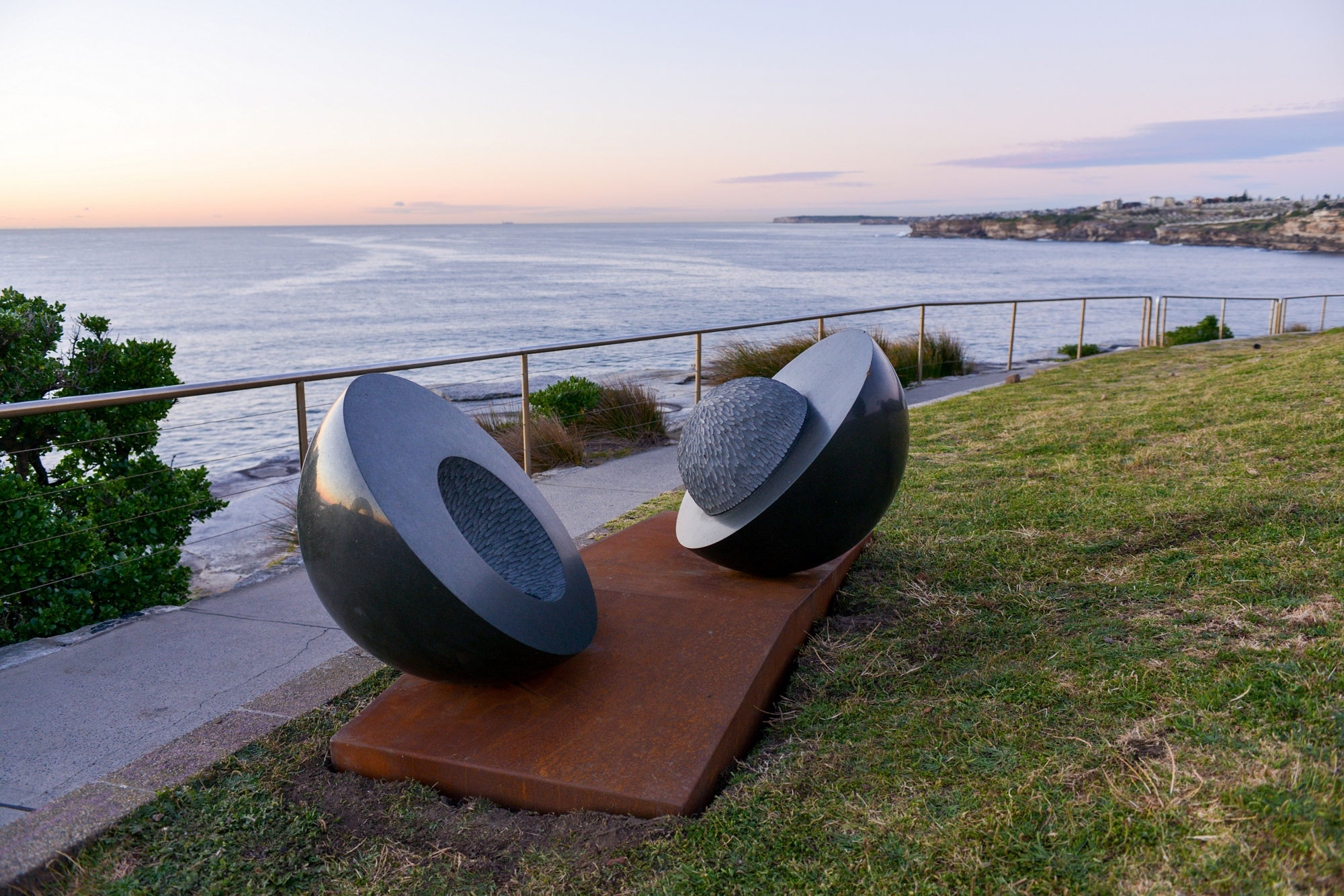 ‘milieu’ (2016) basalt, Cor-ten, stainless steel, 120 x 200 x 100cm. Photo taken by Sculpture by the Sea Inc.Clement Meadmore was an early hero, and you can see that influence in the square elements of my work. I like the way his style is geometric yet it also has some beautiful curves, and even though he made hundreds of similar forms based on a principle, they didn’t really ever get boring, at least not to me. Keizo Ushio’s work was a big early influence, mostly because I couldn’t comprehend how on earth stone could be carved with such honour. Until recently I tried hard to not be influenced by other artists; I wanted to be original and therefore I avoided looking at other work wherever possible. I don’t really care about that so much anymore, but I think it helped to form my own style. My subconscious does most of my designing for me now, which might sound strange but it’s the truth. I’ve released a lot of the need to control. Sometimes it feels like I have a library of lines and planes in my head, which I keep adding to with things I see around me – often natural elements (shells, leaves, rocks, pods). Occasionally a form or gesture pops into my conscious mind and I’ve found this to be the most genuine way of coming up with new work.
‘milieu’ (2016) basalt, Cor-ten, stainless steel, 120 x 200 x 100cm. Photo taken by Sculpture by the Sea Inc.Clement Meadmore was an early hero, and you can see that influence in the square elements of my work. I like the way his style is geometric yet it also has some beautiful curves, and even though he made hundreds of similar forms based on a principle, they didn’t really ever get boring, at least not to me. Keizo Ushio’s work was a big early influence, mostly because I couldn’t comprehend how on earth stone could be carved with such honour. Until recently I tried hard to not be influenced by other artists; I wanted to be original and therefore I avoided looking at other work wherever possible. I don’t really care about that so much anymore, but I think it helped to form my own style. My subconscious does most of my designing for me now, which might sound strange but it’s the truth. I’ve released a lot of the need to control. Sometimes it feels like I have a library of lines and planes in my head, which I keep adding to with things I see around me – often natural elements (shells, leaves, rocks, pods). Occasionally a form or gesture pops into my conscious mind and I’ve found this to be the most genuine way of coming up with new work.
What scale or size do you work in, and do you have a favourite scale?
Until now, most of my work has been small to medium in scale, however monumental work has always been my goal and most of the sculpture I’ve been affected, and inspired by, has been monumental in size. If I’m intimidated by the size of a new boulder or block, then I know I’m on the right track. All the doubts run through my head but I just love the process of problem-solving new ways to carve in bigger and bigger scales. Even after 15 years of carving stone, I really feel like I’ve only just started in the direction I want to head. A 23 tonne block of black granite is waiting, untouched, in my studio. I’m eager to start working on it, but I’m also savouring this time before it all begins. The sheer volume of stubborn material to remove in 23 tonnes of granite has forced me to re-evaluate my approach, and I’ve started making a purpose built wire-saw in the hope that I can work “smarter not harder”. I’ll still be carving it, but I’m looking to make the process of removing the initial gross off-cuts more efficient.
What do you think people will experience from looking at your sculpture? What would you like them to experience?
To be honest, I don’t really care, or rather I’m trying to learn not to care. I’ve realised that if I place importance on what others think of my work, then I lose sovereignty over my creativity. I used to get caught up in what others thought and it really affected me. Early on if someone walked past my work at a show and didn’t really look at it, I took it personally, like it wasn’t good enough to grab their attention. I’ve grown past that now and I’m enjoying the purity of making what I feel drawn to make, without wondering how it’ll be received, without tying my self-worth up in someone else’s opinion, or perceived opinion. Art is so subjective. I know my work doesn’t appeal to everyone and I’m happy when it does, but I try hard to weigh positive and negative feedback the same.
I do however enjoy seeing people being drawn to touch my sculptures, and I don’t mean just a passing gesture, like someone testing a garment’s material in a shop, I mean actually exploring
the surface
. Touch is a sense I use so much in the carving process, particularly when honing and polishing a surface, so I like to see people exploring a finished surface in the same way that I’ve addressed it while “ironing out the kinks”. I can feel bumps and irregularities much better than I can see them, so I use touch a lot. Maybe this is why some people feel drawn to touch, or maybe it has to do with the presence of stone itself.
What mainly influences your artistic approach to your work?
I follow my gut and my passion. If I don’t feel like working, I don’t work – I go off and do other things (generally, unless I have a crazy deadline). I’ve found that if I work when I’m passionate and energised, I make much better progress and I stay psyched on the process. Carving stone can be pretty grueling, so if I force myself to work when I don’t feel like it, I get tired easily and start to second guess myself. I start thinking something is “good enough”, when it clearly isn’t. I’m often amazed at how much pain, discomfort and physical exhaustion I can ignore when I’m “in the groove”, so to speak, and how little I tolerate when I’m not. It’s taken me a long time to learn that play and light-heartedness is the most important part of the process. It feeds creativity and experimentation, which I guess is at the heart of art.
Music is ever present in my process. It feeds and nourishes me. I listen to lots of stuff that most people would hate, but it sometimes makes me feel invincible. Other times it distracts me from the pain and exhaustion that is sometimes the game of carving stone.
What is your dream sculpture project?
There are many! The dream project is always the next biggest one. Scale is an interesting motivator for me. Constantly I’m looking at small maquettes and wondering what they’d be like in a huge scale. I’m hoping that the ultimate dream project is beyond anything I can even dream up at the moment. Each large piece provides the challenges to learn how to go bigger, and shows me that my limits are self-imposed. Monumental scale has always been my goal. Seeing Keizo Ushio’s work at ‘Sculpture by the Sea’ in Sydney really made me want to work big, like really big.
Anything else you’d like to add…
I feel pretty fortunate and grateful to be able to be doing this for a living, to be supported by a society and country where we can chase our dreams, however left-field they may be.

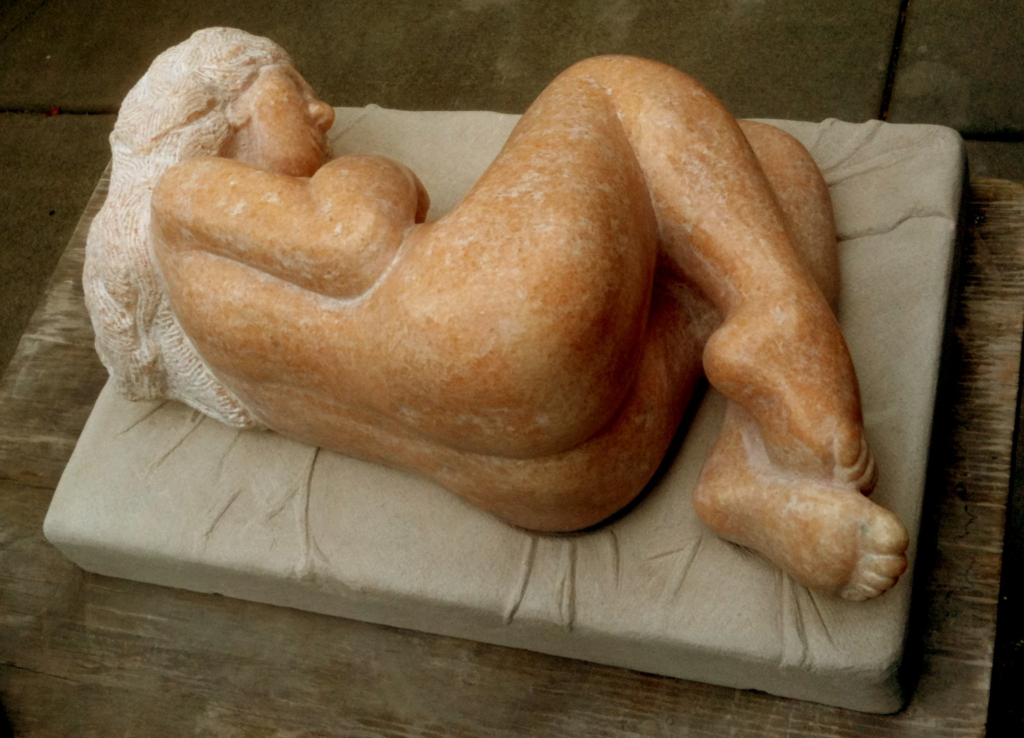
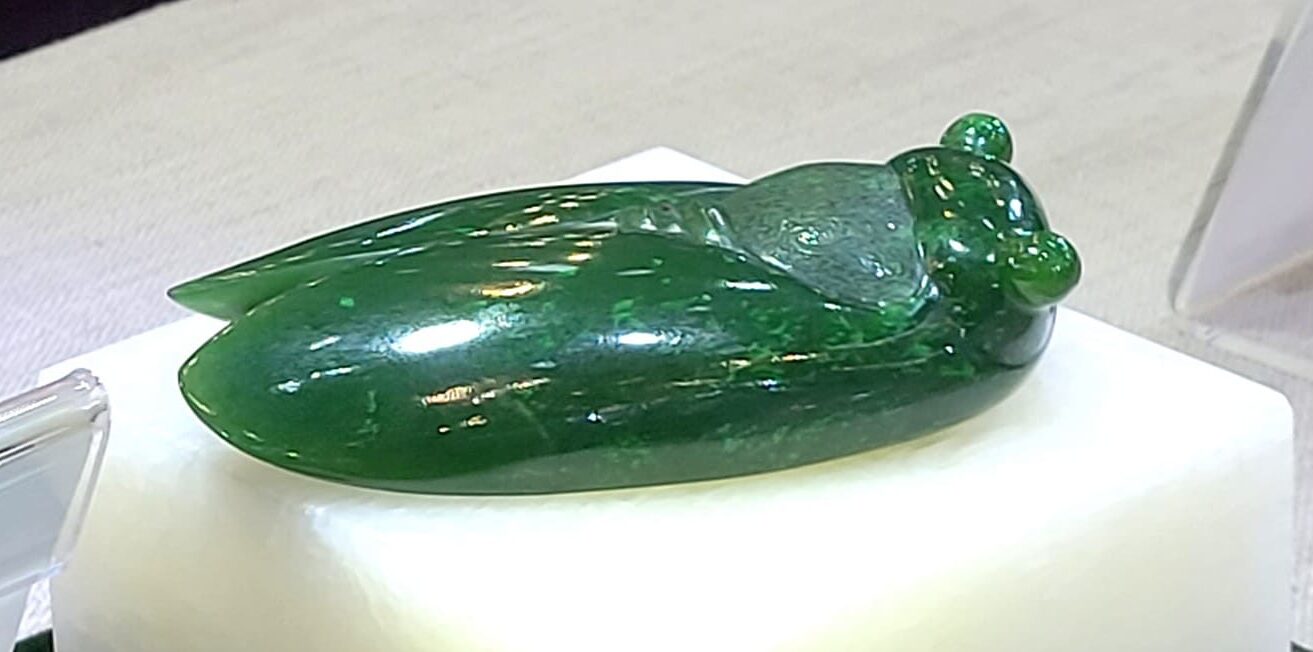
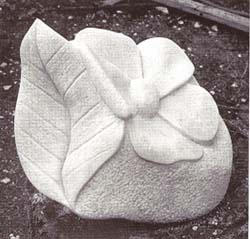


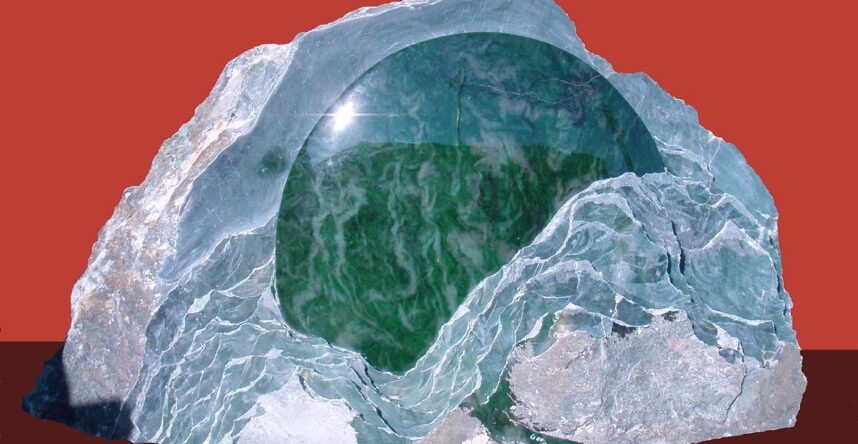
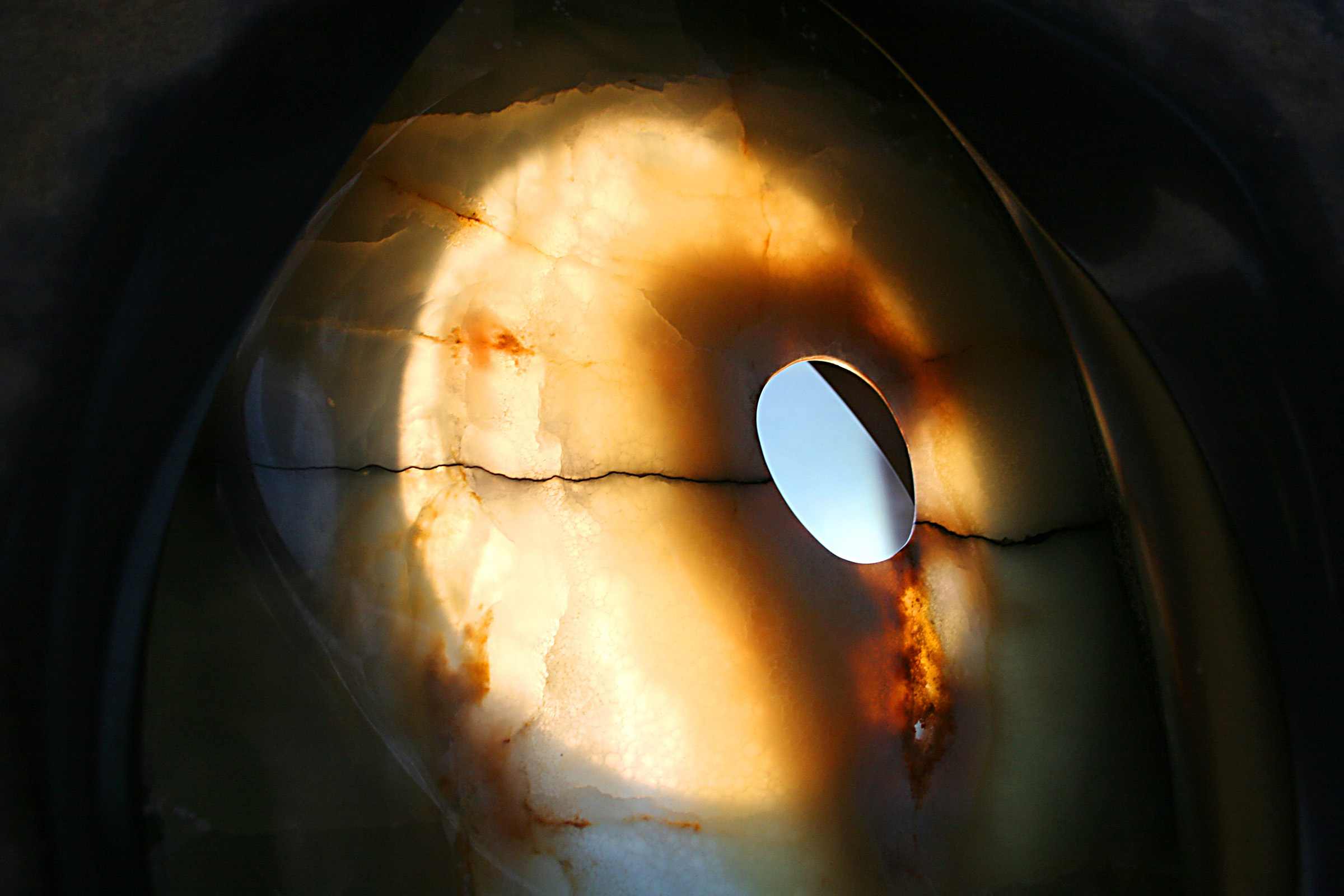



We need some kind of descriptive text here.